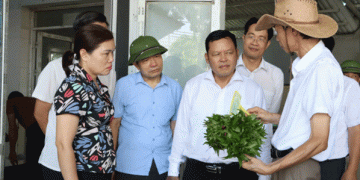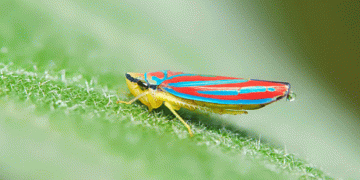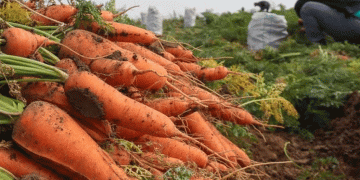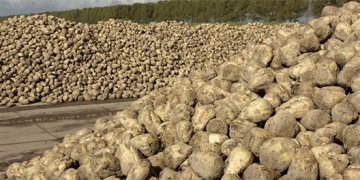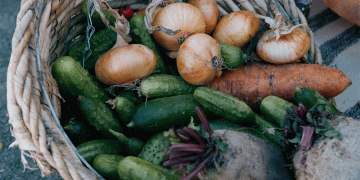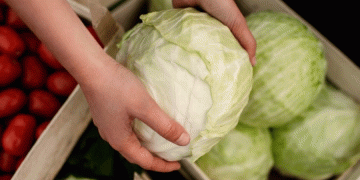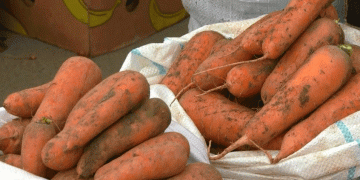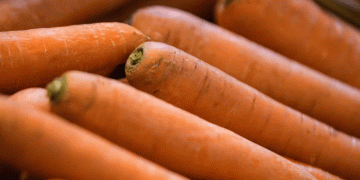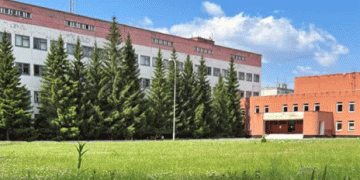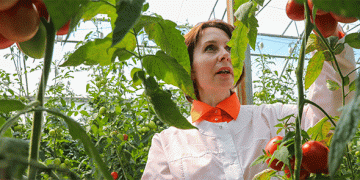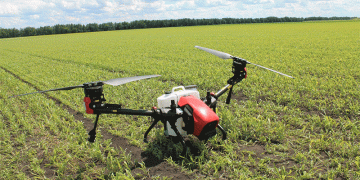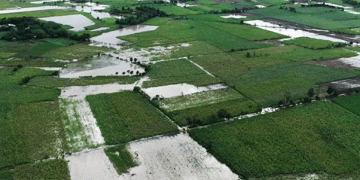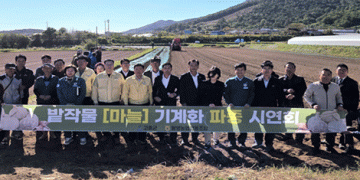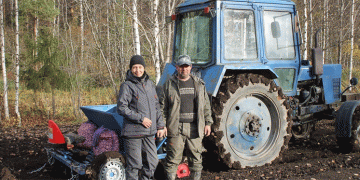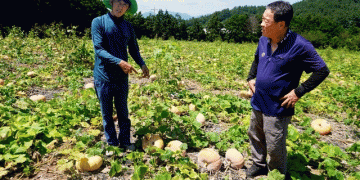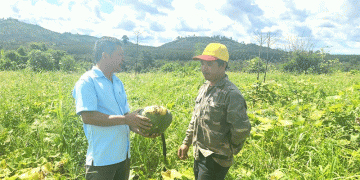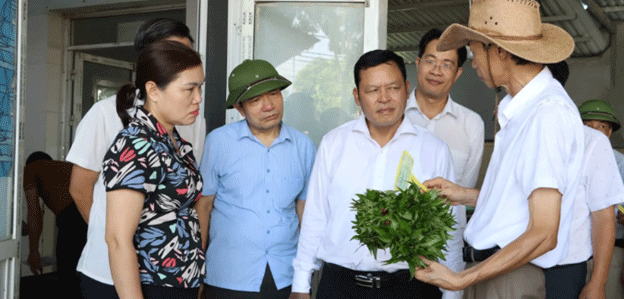In recent years, Hanoi has emerged as a leader in safe, high-value vegetable production in Vietnam. By integrating VietGAP (Vietnam Good Agricultural Practices) and organic methods, the capital city’s farmers are creating branded, traceable products that meet consumer demand for food safety and quality.
With more than 120,000 households engaged in vegetable farming, the shift from conventional to safe agricultural practices marks a significant transformation. These changes are not only improving public health and environmental sustainability but also turning vegetable farming into a profitable and respected career path.
Cooperatives Leading the Way: From Chúc Sơn to Tiền Lệ
Chúc Sơn Safe Fruits and Vegetables Cooperative (Chương Mỹ District) is a standout example of successful implementation. Under the leadership of Director Hoàng Văn Thám, the cooperative strictly adheres to VietGAP standards. As a result, it supplies approximately 3.5 tonnes of vegetables daily to a network of buyers including:
- 23 supermarkets (Lotte, BigC, GO!, Tops)
- 4 factories and companies
- 18 schools and 3 hospitals in Hanoi
Thanks to stable yields and diverse seasonal crops, the cooperative achieves annual revenues in the billions of VND, proving that clean farming can be highly profitable when managed at scale.
Another success story is the Tiền Lệ Agricultural Cooperative in Tiền Yên commune, Hoài Đức District, where over 500 farming households grow safe vegetables on 33.5 hectares. The cooperative provides 12–14 tonnes of vegetables per day to supermarkets, retailers, and industrial kitchens in Hanoi, generating 200–300 million VND (~USD 8,000–12,000) per hectare per year.
Their produce is officially certified as safe by the Hanoi Plant Protection Department, and the Tiền Lệ brand holds a geographical indication label, boosting its reputation and market appeal.
Hanoi’s Green Transition: Education and Support at the Core
According to Lưu Thị Hằng, Head of Hanoi’s Plant Protection Department, the city runs annual training sessions for farmers on safe production techniques—from fertilizer management and irrigation to pesticide use and post-harvest handling.
The result? Farmers now produce vegetables with:
- Clear origin labeling
- Minimal chemical exposure
- Improved health outcomes for workers and consumers
Several cooperatives are moving toward fully organic systems, benefiting from lower input costs over time and rising market premiums.
Challenges: Scaling Up and Strengthening Linkages
Despite clear successes, challenges remain. The majority of vegetable farming in Hanoi is small-scale and fragmented, making logistics and quality control difficult. Weak coordination between cooperatives, farmers, and businesses often leads to broken sales contracts. Many safe vegetable zones lack dedicated processing and storage facilities, forcing farmers to sell through wholesale markets at lower prices.
For example, Mê Linh District’s Đông Cao vegetable brand has established collective trademarks and traceability systems, but without dedicated post-harvest infrastructure, it struggles to scale effectively.
Policy Support for the Future
To address these issues, Hanoi’s Department of Agriculture and Rural Development is working to:
- Build brand recognition and geographic labeling for more safe vegetable zones
- Invest in infrastructure in high-potential areas
- Expand training on organic inputs, integrated pest management, and seasonal crop rotation
- Promote contract farming and market-driven production
Nguyễn Mạnh Phương, Deputy Director of the department, emphasized that safe vegetable zones must shift from isolated farming to integrated production–consumption models, increasing product value and building resilience for long-term growth.
Hanoi’s model of safe and profitable vegetable farming shows that when technical support, cooperative management, and market access align, even small-scale producers can achieve commercial success. By continuing to invest in education, infrastructure, and branding, the capital city is paving the way for a sustainable, healthy, and competitive agricultural future—one that other provinces across Vietnam and the region may soon follow.
